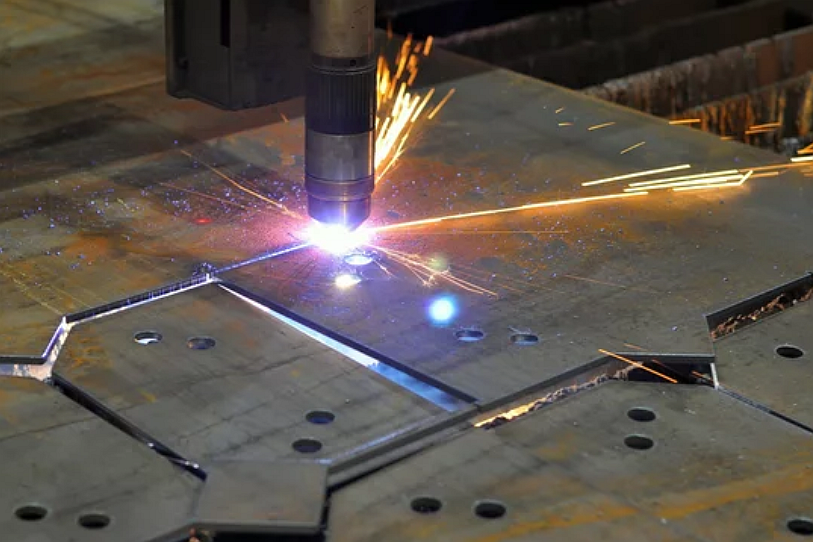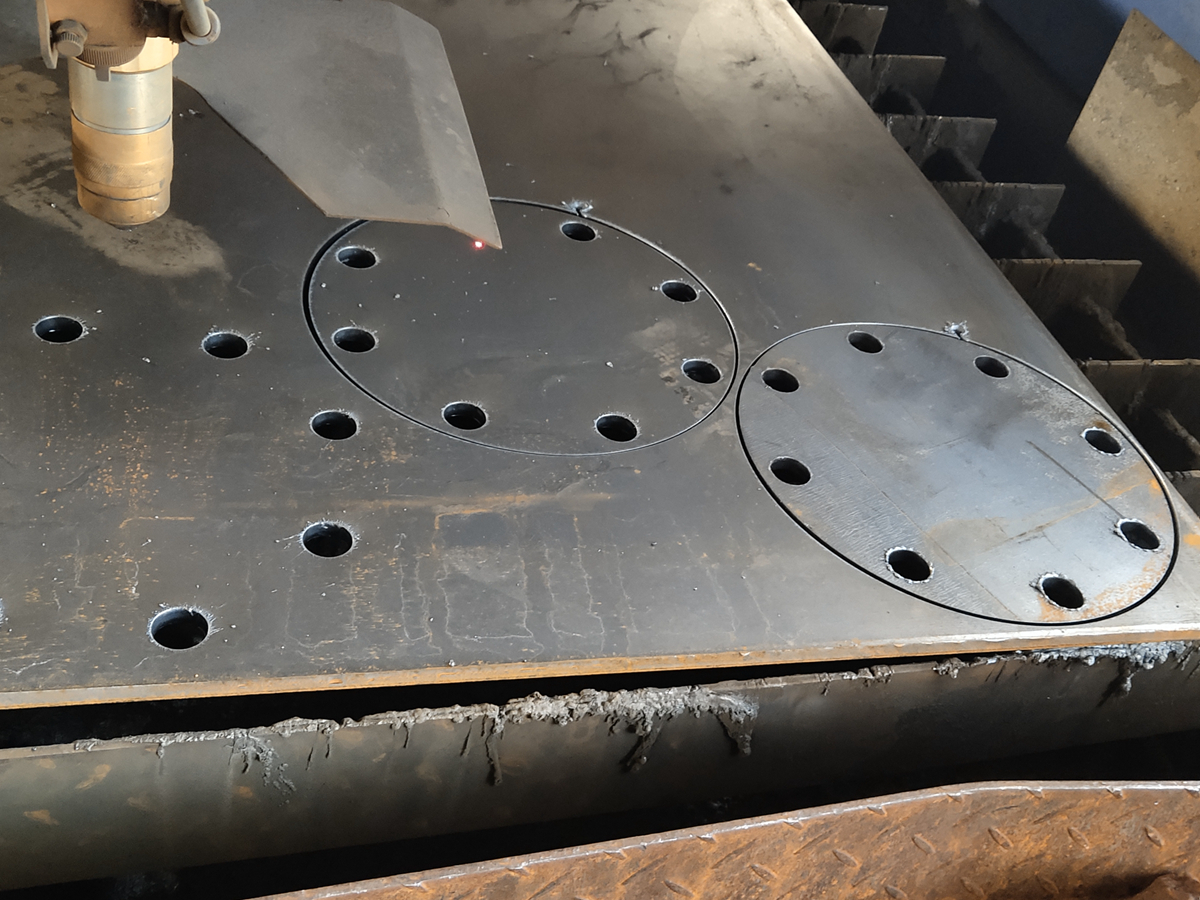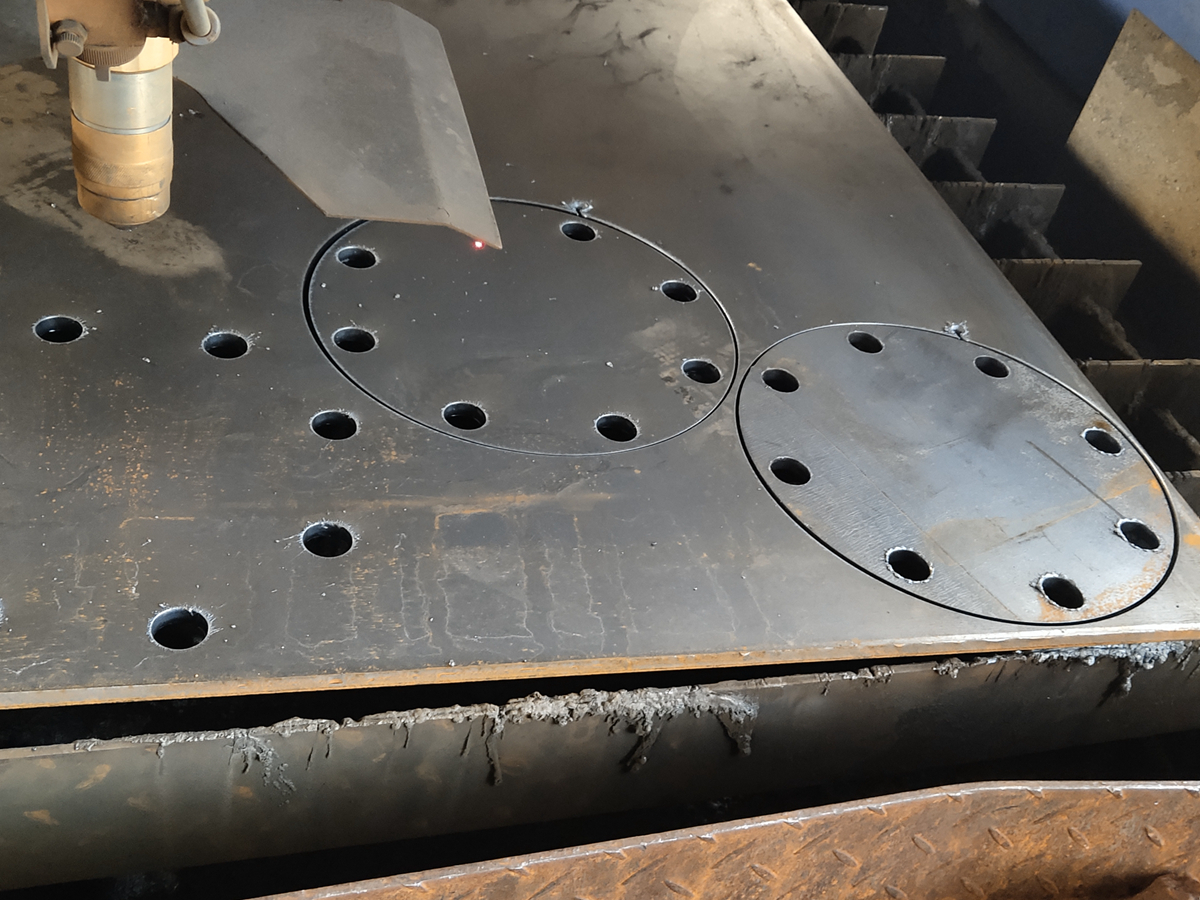How can manufacturers minimize dross formation during plasma cutting?
How Can Manufacturers Minimize Dross Formation During Plasma Cutting?
Optimize Cutting Speed
Incorrect cutting speed is the leading cause of dross.
Too slow: Causes excess heat buildup, leading to re-solidified metal adhering to the cut edge (low-speed dross).
Too fast: Prevents complete penetration, leaving high-speed dross at the bottom edge.
For example, cutting 10 mm mild steel with a 100 A plasma system should maintain a speed around 400–500 mm/min to avoid dross buildup.
Maintain Proper Torch Height
An incorrect standoff distance between the torch and workpiece causes poor arc focus. Maintaining a consistent 1–2 mm height, using automatic torch height control (THC), ensures optimal energy delivery and reduces the likelihood of molten metal spattering and sticking.
Use the Right Gas Type and Pressure
For mild steel, oxygen or air is effective; for aluminum or stainless steel, use nitrogen or argon-hydrogen blends.
Incorrect gas pressure leads to arc instability or excessive turbulence, which contributes to dross.
Properly tuned gas pressure stabilizes the plasma jet and helps eject molten material cleanly from the kerf.
Choose the Right Amperage and Nozzle
Match the amperage to the material thickness. For instance, cutting 6 mm steel with a 45 A nozzle yields cleaner results than overpowering with 80 A.
Worn nozzles or electrodes can distort the arc, reducing cutting efficiency and increasing slag buildup.
Ensure Clean Material Surfaces
Oxide layers, rust, or oil can interfere with arc consistency. Pre-cleaning the sheet metal with a wire brush or degreaser improves cut quality and minimizes edge contamination that can trap dross.
Use Fine Cut Consumables for Thin Material
On thin sheets (<3 mm), switching to fine cut consumables narrows the kerf and improves precision, which reduces molten metal overflow and lower-edge buildup.
Implement Post-Cut Edge Air Blasting
For critical applications, high-pressure air or water jet blasting immediately after cutting helps remove any remaining light dross and improves surface cleanliness for downstream welding or painting.
Manufacturing Services for Clean, Dross-Free Plasma Cutting
Neway provides plasma cutting services using optimized speed, gas, and torch control for clean cuts with minimal dross. Combined with CNC machining, ±0.1 mm accuracy, and 20+ years of expertise, we deliver ready-to-use parts for automotive, energy, and industrial sectors.



